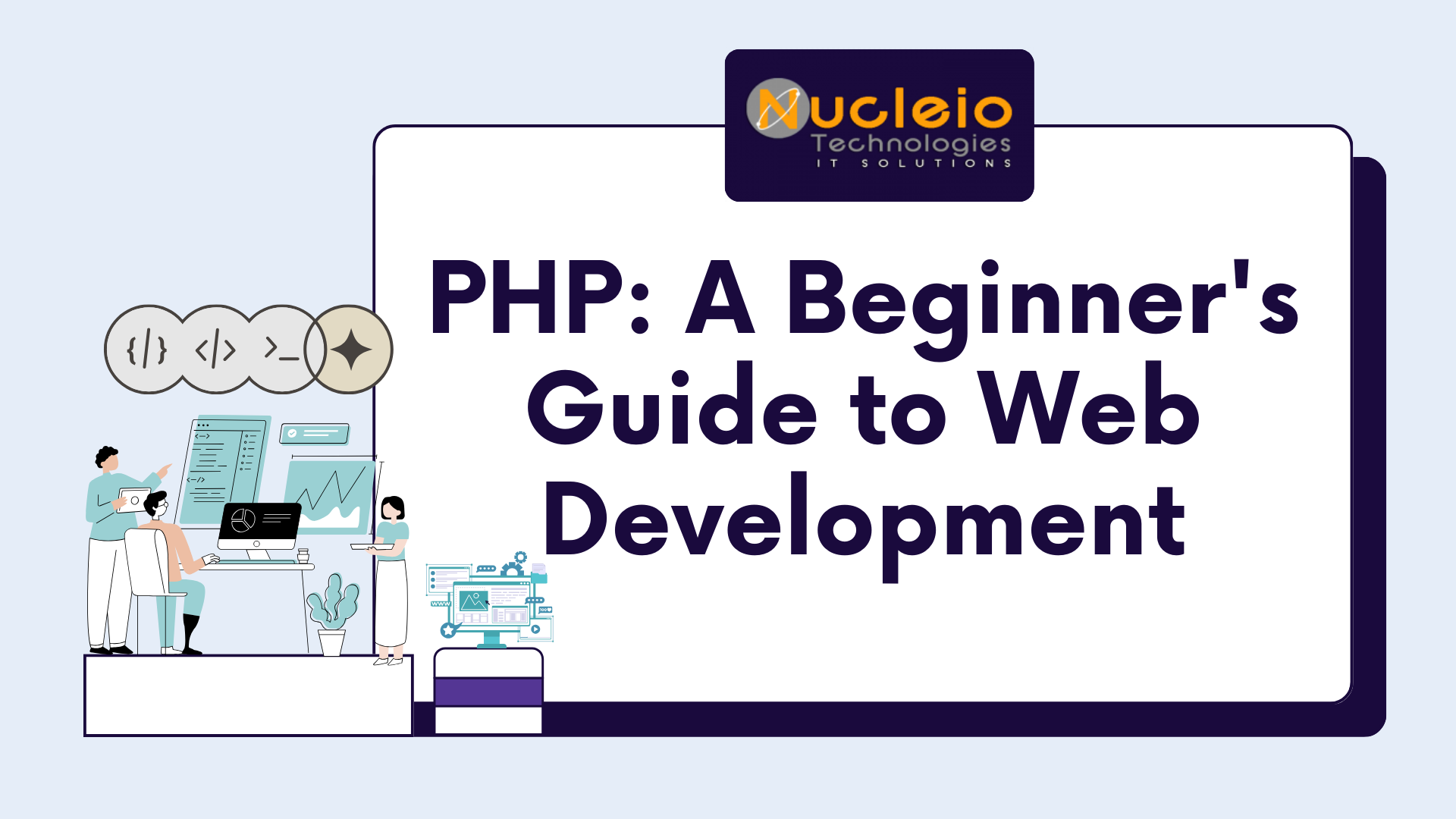In the realm of web development, PHP holds a significant role, serving as a fundamental tool for crafting dynamic online experiences. However, for newcomers, it may initially appear daunting, with its intricate syntax and diverse functionality. In this introductory discussion, we aim to demystify it, offering clear explanations of its core concepts and practical applications. From its origins to its widespread use in modern web development, we’ll navigate through the basics, providing a foundation for both beginners and seasoned developers to understand and utilize this versatile scripting language effectively. So, whether you’re just starting your coding journey or looking to expand your skills, join me as we delve into the world of PHP—a world filled with possibilities and opportunities for growth.
What is PHP?
PHP, short for Hypertext Preprocessor, is a server-side scripting language designed for web development. It was created in 1994 by Rasmus Lerdorf and has since evolved into a versatile language used by millions of developers worldwide. PHP’s primary purpose is to generate dynamic content, such as web pages, by executing code on the server before sending the results to the client’s browser.
Getting Started with PHP: Basics
To begin coding in PHP, you’ll need a development environment configured with PHP support. This environment can be set up locally using tools like XAMPP or WAMP, or you can opt for cloud-based solutions like AWS. Once set up, you can start writing this code in plain text files with a .php extension.
PHP Data Types and Operators
PHP supports various data types, including integers, strings, arrays, and more. These data types allow developers to store and manipulate different kinds of information within their scripts. Additionally, it provides a wide range of operators for performing arithmetic, comparison, and logical operations on data.
Control Structures and Functions
Control structures, such as if statements, loops, and functions, are essential for controlling the flow of execution in PHP scripts. With control structures, developers can make decisions based on conditions, repeat tasks multiple times, and organize their code into reusable functions.
Working with Forms and Handling User Input
Interacting with users via web forms is a common requirement in web development. It makes it easy to create and process HTML forms, capturing user input and handling it securely. By using superglobal variables like $_GET and $_POST, developers can access form data and perform validation and sanitization to prevent security vulnerabilities.
PHP and Databases: Introduction to MySQL
PHP’s integration with databases, particularly MySQL, is one of its most powerful features. With this, developers can connect to MySQL databases, execute queries, and retrieve or modify data stored within them. This capability enables the creation of dynamic web applications that interact with and manipulate database information in real-time.
Introduction to PHP Frameworks and Libraries
While PHP is powerful on its own, developers often leverage frameworks and libraries to expedite development and maintain code quality. Frameworks like Laravel, Symfony, and CodeIgniter provide a structured foundation for building web applications, while libraries offer pre-built solutions for common tasks such as database interaction, form validation, and authentication.
Best Practices and Tips for PHP Development
To write clean, secure, and efficient code, developers should adhere to best practices and coding standards. This includes following naming conventions, organizing code logically, validating and sanitizing user input, preventing SQL injection and other security vulnerabilities, and optimizing code for performance.
*bow* PHP is a powerful and versatile language that forms the backbone of countless websites and web applications. By understanding its core concepts, mastering its features, and following best practices, developers can unlock the full potential of PHP and create dynamic, interactive, and secure web experiences. So, dive in, explore, and embark on your journey to becoming a proficient web developer!

